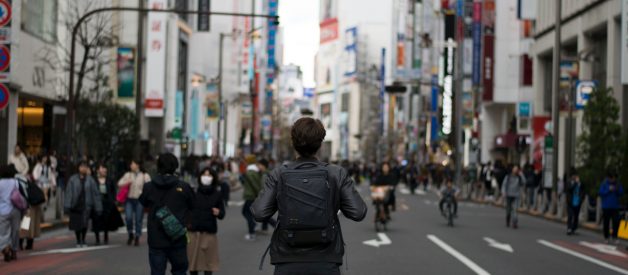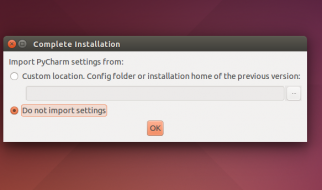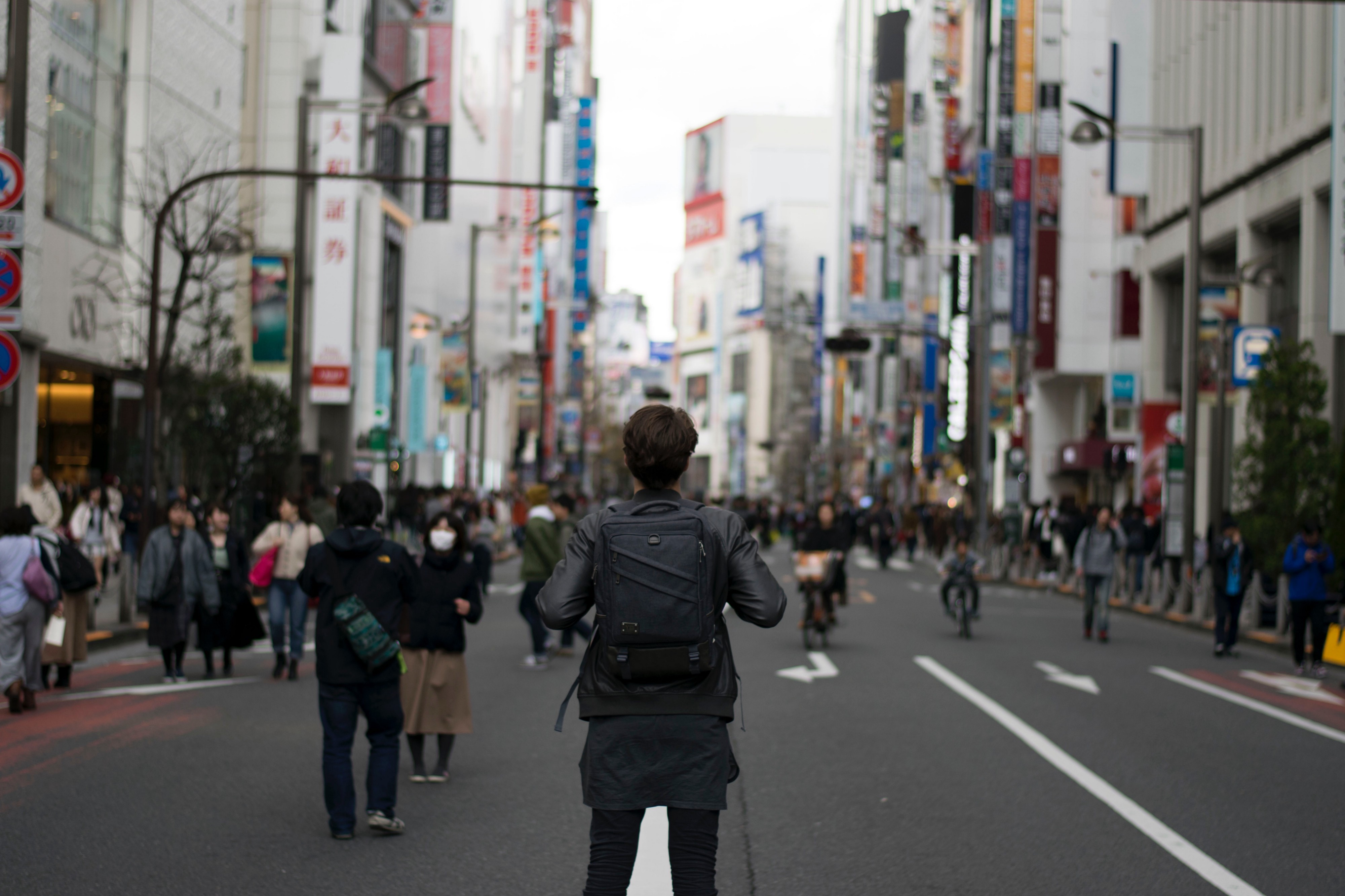
If you?re even slightly into urban travel, urban planning and the issues revolving around urban environments, liveable cities and commuting, you?ve probably heard the term ?last mile travel? quite a bit. In case you?ve been too afraid to ask what it actually means, there really is no shame. The last mile is quite a tricky term deriving from several different fields of life, which consequently adds to the confusion. Worry not, we?re here to simplify the term for you and provide some insight into last mile travel in cities.
From telecommunications to commerce to public transit.
The term ?last mile? was first used in the context of telecommunications, when referring to the final leg of the telecommunications networks that deliver services to customers. For example, copper wire lines connecting landline phones to the local telephone exchange. Yes, the term actually dates back to the ye-olde time when people still used landlines.
When the term ?last mile? got popular in the transport sector, it referred to the movement of goods from a high-capacity freight station or port to their final destination (either retail stores, restaurants, other businesses etc). Fun fact about the last leg of the supply chain ?
The last mile is always the least efficient part, comprising up to 28% of the total cost to move goods.
Today, last mile travel as a term has gained popularity outside the more technical commerce and logistics sector. But it more or less still means the same thing in urban travel. It is simply the last leg of people?s travels within a city ? be it after they park their car, come off a bus or metro or simply do a quick trip to the corner shop, a cafe for coffee etc. If you?re living in a city, chances are on a daily basis you do travel the last mile.
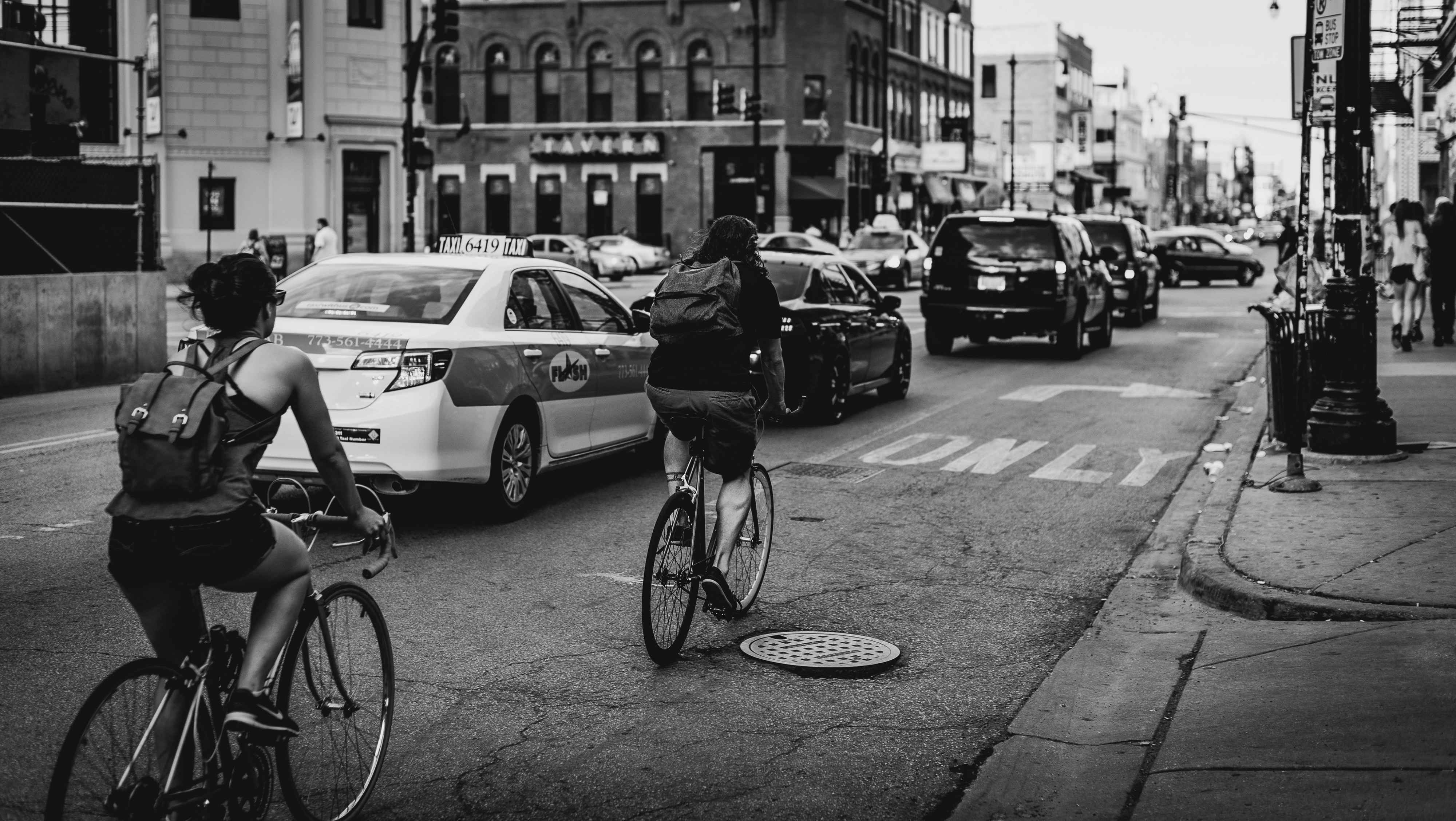
And consequently, you might be experiencing the last mile problem. The term itself has a kind of a problematic connotation to it, leading to another popular term ?last mile problem?. Reason being, that traveling that last mile often refers to the difficulty of urban commuting. But why?
Why is the last mile so difficult?

The last mile problem, at its core, is quite a simple one ? public transport doesn?t take us exactly where we need to go, parking is not always available everywhere we go, owning a car or any kind of vehicle is not always possible or even reasonable. And walking is not always the quickest or the most convenient way to move around the city.
More often than not, we see that our cities are built for vehicles rather than for people.
Residential areas are far from businesses and important infrastructure. City streets seem to take unexplained turns to highways or further away from where you actually need to go. We end up with a problem of difficult commutes, which root cause is the problem of how to travel the last or the first mile in a way that it saves us time and effort. This leads me to my second point?
The path of least resistance
What?s the easiest way to solve any urban travel related problem ? you?d think it?s owning a car, right? Wrong. It?s perhaps the worst thing you could do both for yourself personally, for the environment, for your fellow citizens as well as to the economy as a whole.
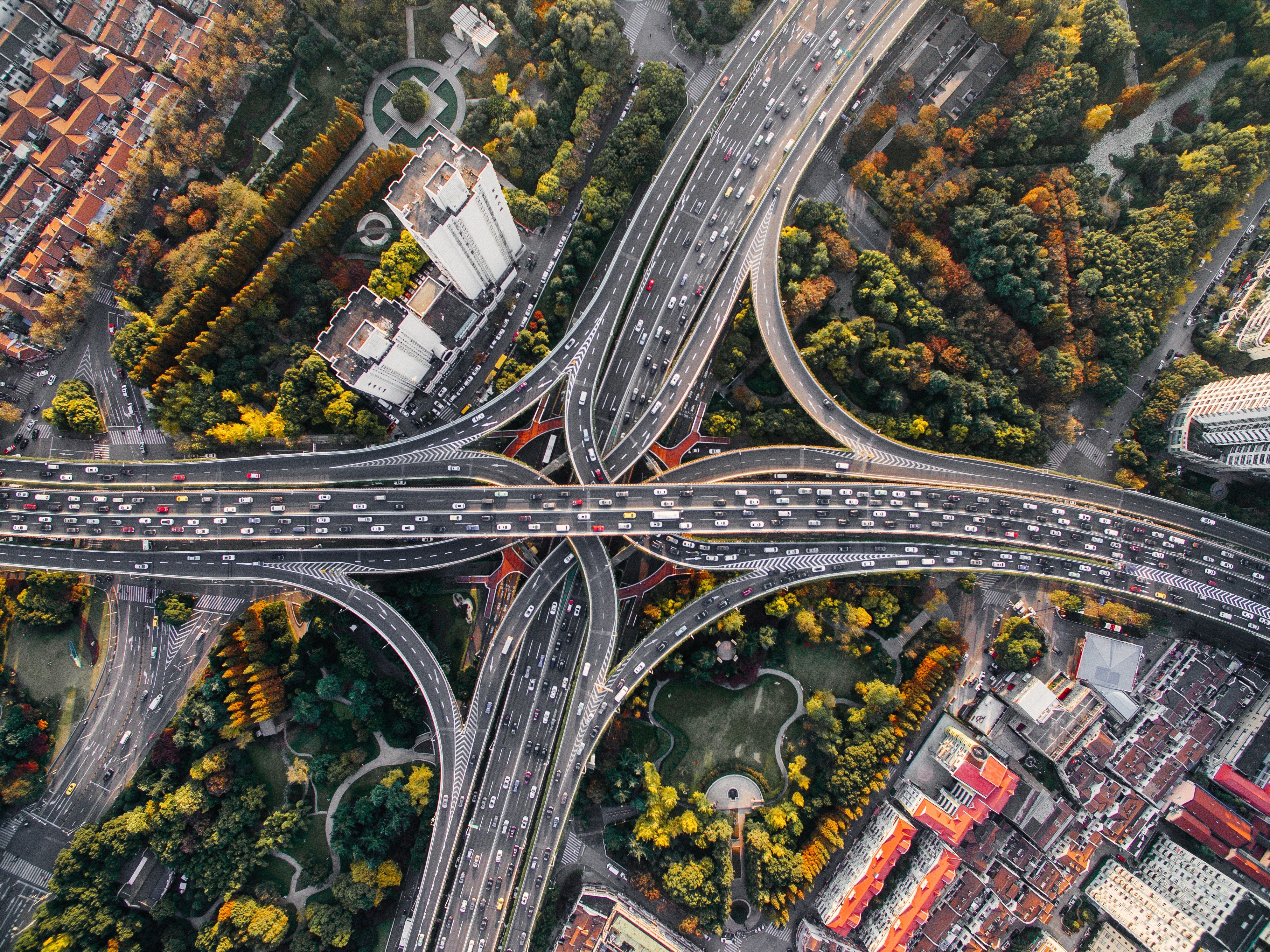
Did you know, that by 2030, traffic congestion in the US will cost the economy a whopping $180 billion, to which the last mile problem and unnecessary amount of cars hugely contributes to?
The second unfortunate solution is the rising usage of the ride-sharing apps like Lyft and Uber, who seemingly offer the comforts of owning a car but in reality, add to the chaos in urban travel. How often have you found yourself sitting in traffic in any car, thinking to yourself, walking would have been quicker? How often have you taken a taxi or an Uber ride, just because they?re so readily available and affordable?
But more cars is not a solution to the last mile problem or to urban travel difficulties in general, not in any form. Quite the opposite ? cars are so easy to use in a city.
Unless using and driving cars gets more difficult in cities, nothing is going to change, because human nature is to take the path of least resistance.
Another solution is to change our perceptions and attitudes towards the kind of cities, we?d love to live in and which kind of modes of transport we should use.
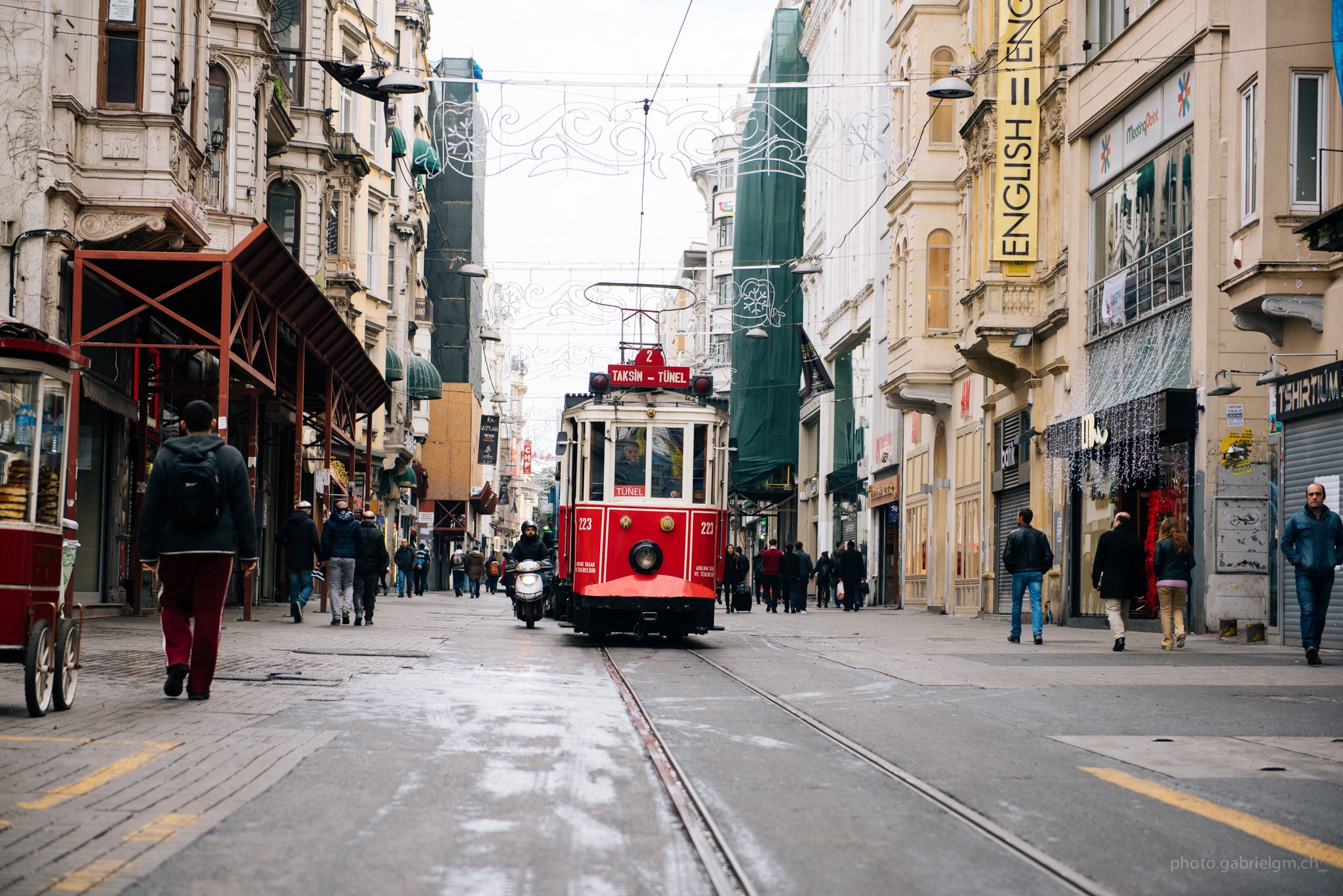
Exploring solutions that work
E-bikes, any electric vehicles, better bicycle infrastructure, bike-share facilities, more walking, smart cities, better urban planning, you mention it. There are so many better alternatives to tackle the last mile travel issue. If we explored alternative options to cars and taxis and other unsustainable vehicles, perhaps we could direct the debate of the ?last mile problem? to a discussion on the possibilities of last mile travel.
Sit back and check back to our blog soon, we?ll be exploring these options and all the ins and out of last mile as well as urban travel in more detail. Also, don?t be shy to share your experiences with last mile travel and opinion on how to best tackle problems relating to it.
